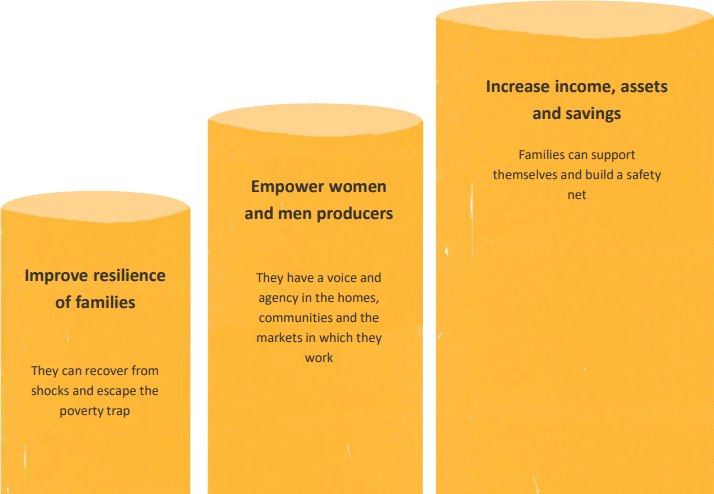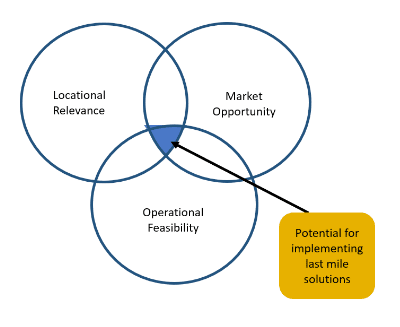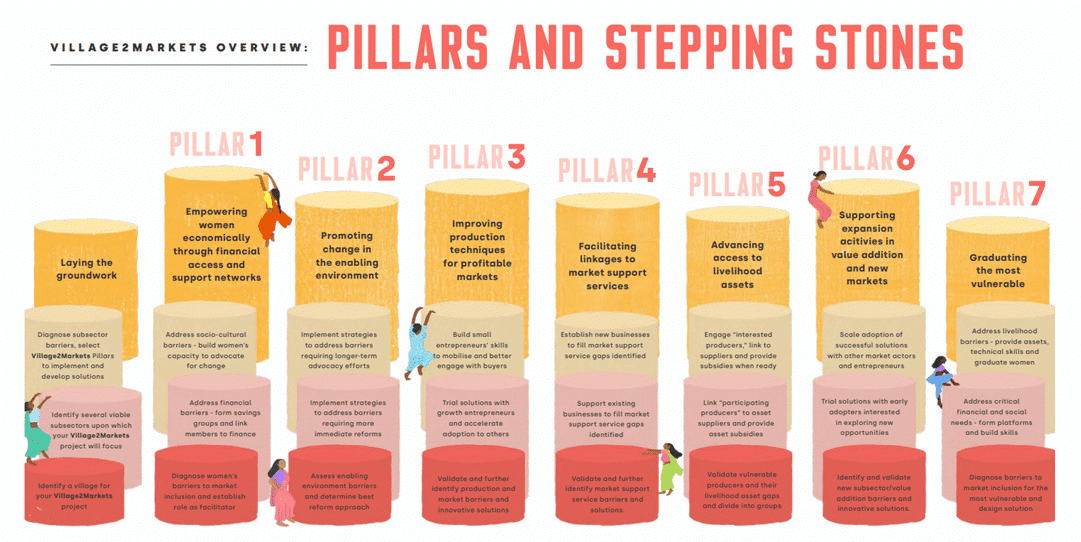Reach & Timeframe
The programme will reach 5,000 families. It will work over a five-year period (2020 – 2024) across 4 districts serving the most impoverished communities.
Goal
The programme seeks to transform the barriers that prevent the target communities from being connected to profitable markets and earning a decent income.
To achieve this we will focus on three goals:

Locations
We selected our focus areas by considering the vulnerability of the area (locational relevance), understand the market opportunities and understanding whether we could transform these barriers with our skills and resources (operational feasibility).


The population in these villages is socially and economically weak and marginalized. Necessity entrepreneurs in these locations face a range of market system barriers, including issues relating to productivity, market linkages, support services and the enabling environment. They also face socio-cultural and individual barriers such as discrimination on the basis of gender, sexuality, class, ethnicity, or ability, poor social networks or limited resilience prevent poorer, more vulnerable and excluded village members and communities from gaining access to markets and benefiting from opportunities.
The villages are characterised by their low density. Each dwelling is situated far apart and many kilometers from the main road, with few households having access to public or private transport outside of their bicycles. This has limited access to buyers or markets beyond the local market. Accessing buyers beyond the village, requires either an auto rickshaw or walking. Without opportunities to generate or grow income, many families have now found themselves in debt unable to meet basic health and household needs.
There are a high percentage of women headed households (close to 20 per cent), this includes women who are war widowed. There is also a number of village members with a disability, many of which were acquired during the war. The community continues to experience significant individual and collective trauma. As is common in other post-war contexts, alcohol abuse by men is common as well as domestic and community violence, perpetrated by men. Lack of financial stability exacerbates underlying tensions and trauma leaving many women unable to rely on their family networks or family-based capital since most people have been resettled without any assets or capital. With very little social capital existing in resettled villages, women have few community members to draw support or advice from. They reported that the local government and other actors do not get involved.
The Human Development Index for the Northern Province is up to four times the national average; and poverty head count ratios in the province are as high as 28.8 per cent compared to 6.7 per cent for Sri Lanka as a whole (Department of Census and Statistics, 2014b)
How This Programme Works
The programme will work both to “lift” the community to the market and to support the market to “reach” further to the community to transform the barriers that keep many in this community inadequately included in profitable markets.
More specifically, the programme will work through a series of pillars and stepping stones as noted below. This framework was developed through the Village2Markets Pilot programme and will be localised for the locations which the programme will be implementing its work.

Lead Partners

Sub Implementing Partners
- OSID
- RDPO
